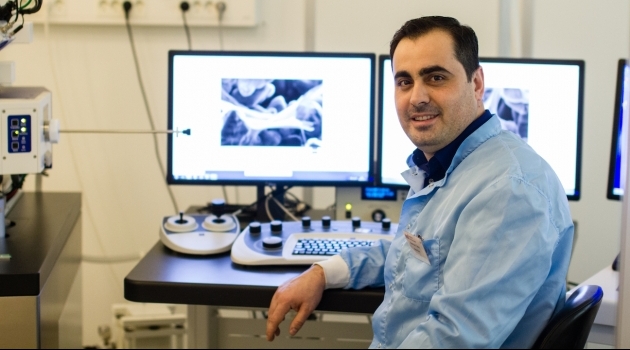The 2018 edition of the Guinness Book of World Records has recognized the 3D printed graphene aerogel as the “least dense 3D printed structure.” Due to the fact that it is superelastic, conductive and light, the graphene can improve electronic objects and batteries’ capacities. The only thing is that despite these properties, it is difficult to use on a large scale in industry.
Researcher Mamoun Taher (at the Department of Chemistry at Uppsala University and CEO of start-up company Graphmatech) developed a new type of graphene.

The problem of the graphene when it is produced on a large scale
It should be noted that when it is produced on a large scale, the thin flakes have tendency to re-stick.Therefore, the material’s properties disappear and it becomes more like graphite.
Our researcher integrates separators to address this issue. It looks very easy, right? Just as their name implies, they aim to “separate graphene flakes without degrading their properties, so we have control over the material”, explains the researcher. The process has been designed to be environmentally accepted, we use water as a solvent and no hazardous chemicals.”
A new range of applications
Today, the material can be used in electronics and telecommunication industry to wipe out heat from electronics which enables more compacted designs, longer life spam and safer operation.
The researcher is also exploring the use of his new material on self-lubricating mechanical systems, 3D printing, moving electrical contacts and printed supercapacitors.
“We aren’t just developing a material, but also processes that can be used by graphene producers and other materials-related industries. We’re currently in discussions about licensing our process,” says Mamoun Taher.
For further information about 3D Printing, follow us on our social networks and subscribe to our newsletter!
Would you like to be featured in the next issue of our digital magazine? Send us an email at contact@3dadept.com





